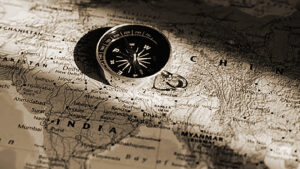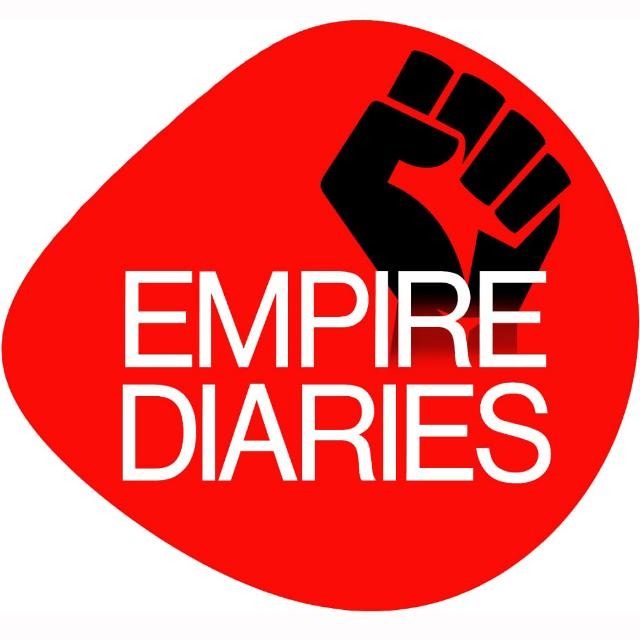
April 7, 2023: The tentative discovery of a massive quantity of lithium in India’s Jammu and Kashmir, with preliminary estimates hinting at 5.9 million tonne deposits of the high-in-demand metal, has made the country’s excitable mainstream media go overboard with hyped-up coverage of the development.
There are tall talks about India emerging as a global lithium powerhouse as a result of this discovery in the Union Territory’s Reasi district, and that India can confidently meet its goal of 30% of all cars on Indian streets going electric by 2030.
Soundwaves are radiating out from the media megaphones in full fury despite sober warnings from geologists and the Indian government that the reality could turn out to be starkly different in the years ahead. After all, the lithium deposits detected there are only in the “inferred” stage, which is merely a preliminary estimation made with a low level of confidence.
Lithium, a soft and silvery alkali metal, is a key component of the batteries that power EVs or electric vehicles. The top six countries with the biggest lithium reserves are Bolivia, Argentina, Chile, US, Australia, and China.
A BIG QUESTION MARK
According to experts, the estimates are based on early-stage prospecting, and the actual quantity of the lightweight element embedded in the bauxite rocks of the Salal-Haimana area of Reasi could be much less, or much more.
Scientists are also years away from determining with certainty the quality of the mineral, and whether it is even practicable and feasible economically and environmentally to extract it. And if it is to be extracted, the time the process would require is another key issue, throwing a question mark on whether India can genuinely meet the self-declared 2030 deadline of increasing the number of private electric cars in the country to 30%.
With India lacking the technology and infrastructure to carry out the various processes in lithium production, it also has to scour for technology transfer and infrastructural support.
The department of atomic energy clarified all these points in a press statement in 2021 after 1,600 tonnes of lithium ore discovered in the Marlagalla-Allapatna region in Mandya district of southern India’s Karnataka state were also classified in the “inferred category”.
“This is a preliminary estimate and requires further exploration efforts to convert the estimated resources to an exploitable category with a high degree of confidence level and explore the possibility of augmenting Li (lithium) resources in the area,” the press statement read.
“Further, unless a proper technology/method is available to profitably extract lithium from its ore, the real benefit of exploration may not be there. With the data presently available with the AMD (atomic minerals directorate for exploration and research), the actual economic benefits of the exploration cannot be estimated at this stage,” it added.
BABY STEPS AND CHALLENGES
It needs to be mentioned here that the country took baby steps on this front before the Kashmir discovery came to light. Khanij Bidesh India Ltd. or KABIL, a joint venture of three CPSEs (central public sector enterprises) under the mining ministry, has signed a non-minding MoU with three state-owned organisations from Argentina for sharing information about prospective mineral acreages of lithium.
Separately, the governments of India and Australia have inked an MoU for cooperation in the field of mining and processing of ‘critical and strategic minerals’ such as lithium.
But there are more challenges. The lithium in the Reasi district is presumed to be mixed with bauxite, as indicated in a 1999 report by the GSI (Geological Survey of India), in which the deposits in the area were mentioned for the first time. This has implications in terms of cost and processing technology.
“India is not habituated to extracting lithium and purifying it. It is mixed with rocks and other minerals. It would require breaking the rocks and removing volatile chemicals with evaporation and magnetic impurities with magnets, besides other chemicals and processing. India has never done this, and neither has the best experience, tested technology to rely on, nor established industries for this,” says Sagar Mitra, professor at the department of energy science and engineering at Indian Institute of Technology (IIT) Bombay.
A LONG HAUL
Though a number of energy researchers feel this could be a game-changer for India’s electric vehicle industry that now has to import lithium and lithium-ion from a host of countries including China, Hong Kong, Indonesia, and Vietnam, there are others who suggest tempering of expectations.
Deepak Krishnan, an associate director at the World Resources Institute’s India division, reportedly said that a number of hurdles spanning several years need to be overcome before scientists can zero in on the commercial viability of mining lithium in J&K and using it to produce lithium-ion batteries.
“Mining alone would not entail an end to external dependence. Countries like China have developed additional infrastructure and technological expertise, and experience in processing and refining mined lithium to make it ready to be used in batteries. We don’t have anything on that front and would need energy, capital and the government’s hand-holding support for the same,” Krishnan said.
As mandated by the UN Framework Classification, there are four stages for assessment and exploration of geological reserves – G4 (reconnaissance), G3 (prospecting), G2 (general exploration) and G1 (detailed exploration). The Reasi findings belong to the G3 level, where the scientists are still low on confidence about their assessment.
“The process will take many years before actual mining starts. To arrive at a high confidence level, the exploratory companies will undertake the G2 level of assessment after G3, where the indicative resources are calculated, which tells us how much of the deposit could be mined with more facts. Later in the G1 level, the real ‘proved resource assessment’ is done,” said Pankaj Srivastava, a professor at the department of geology in University of Jammu.
Siddharth Goel, senior policy adviser at the International Institute for Sustainable Development, said lithium mine development can take 10 years or more unless India fast-tracks approvals and permits.
THREAT OF TERRORISM,
DISPLACEMENT FEARS
The volatility of Kashmir, which has a long history of blood-spilling militant activities, turmoil, crackdowns, and lockdowns, poses its own challenge. A terror group called People’s Anti-Fascist Front has already threatened to attack Indian firms if they dare to be in the “troubled waters” of J&K, and warned that it wouldn’t allow what it called the “exploitation” and “theft” of the region’s resources.
Adding a humane dimension to the problems is the fear of eviction that has gripped the local population of the villages in the lithium find’s vicinity, such as Salal Kotli.
“We have been told about the economic prosperity the discovery of the lithium will bring, but simultaneously, we find ourselves worrying about our possible displacement,” said the village head Preetam Singh. Salal Kotli is home to almost 8,000 people and 2,500 homes.
Once the dust begins to settle in the coming days and months following the emphatic announcements about Kashmir’s lithium deposits, India and the global EV industry will know if it’s indeed a welcome discovery or a treasure that will remain elusive.
Remember what finally happened to the glittering gold deposits in the 1969 western adventure Mackenna’s Gold?
REPUBLISHING TERMS:
All rights to this content are reserved. If you want to republish this content in any form, in part or in full, please contact us at writetoempirediaries@gmail.com.









